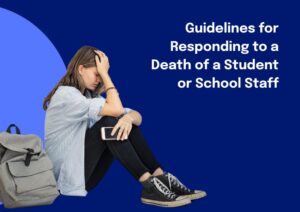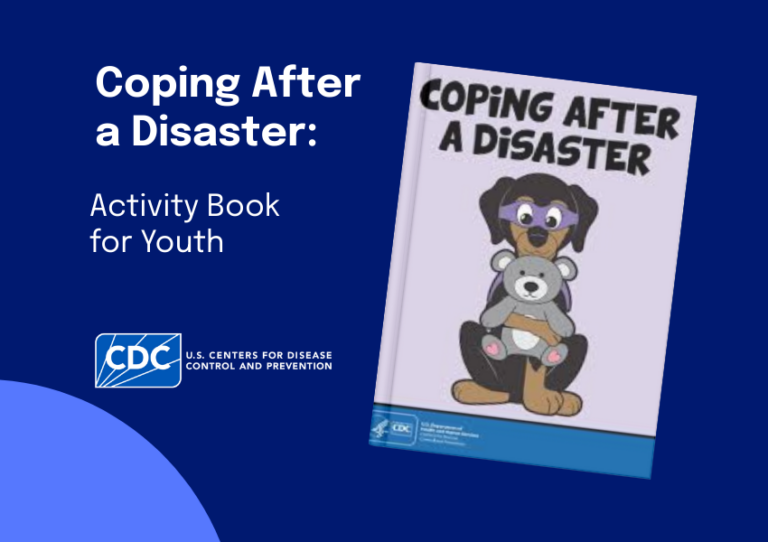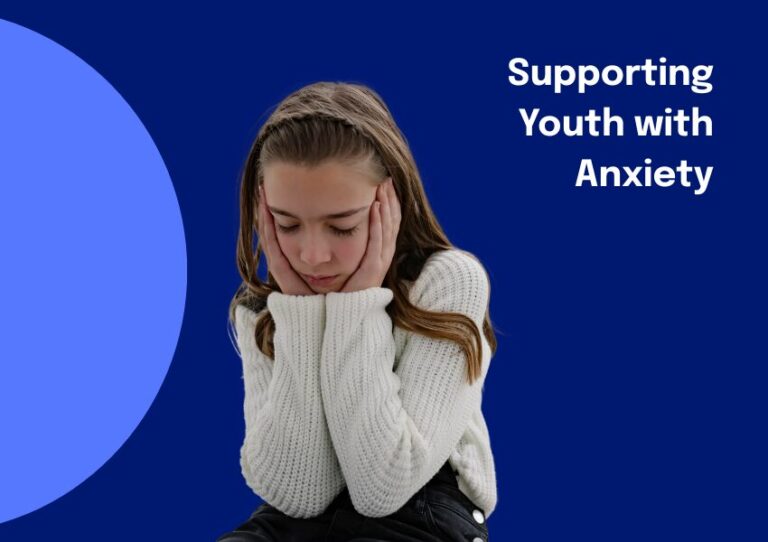Guidelines for Responding to a Death of a Student or School Staff
 By the time children complete high school, most will experience the death of a family member or friend, with 5% of children experiencing the death of a parent by 16 years of age. Nearly 40% will experience a death of a peer. 20% will have witnessed a death.
By the time children complete high school, most will experience the death of a family member or friend, with 5% of children experiencing the death of a parent by 16 years of age. Nearly 40% will experience a death of a peer. 20% will have witnessed a death.
The National Center for School Crisis and Bereavement (NCSCB) aims to promote an appreciation of the role that schools can play in supporting students, staff and families at times of crisis and loss. When children face situations such as a natural disaster or the death of a loved one, their learning, behavior and development may be significantly impacted. The importance of schools to be prepared to assist students in the aftermath of these events remains an urgent and growing need. Through collaborations with various organizations and agencies, the center serves as a resource for information, training materials, consultation services and technical assistance.
These guidelines are designed to help school administrators, teachers, and crisis team members respond to the needs of students and staff after a loss has impacted the school environment, such as after the death of a student or staff member or when deaths occur that affect many people in the community. These guidelines are not intended to provide guidance on clinical care or bereavement counseling and are not intended to address personal losses that impact only one of a few members of the school community.



